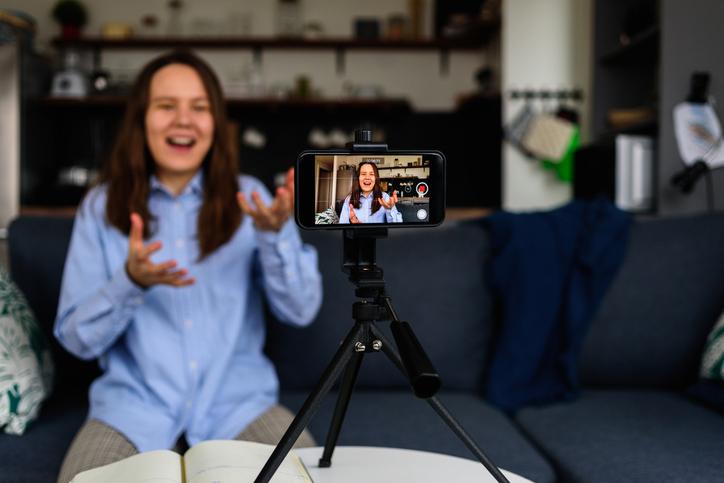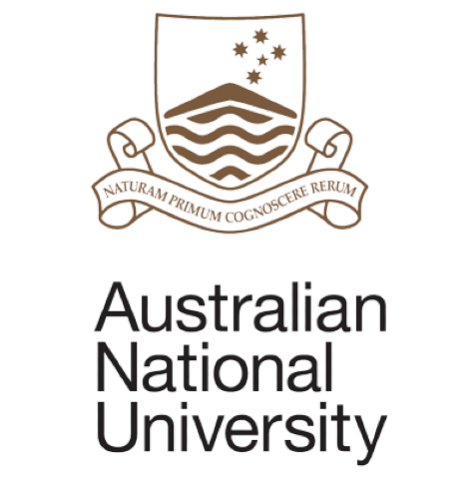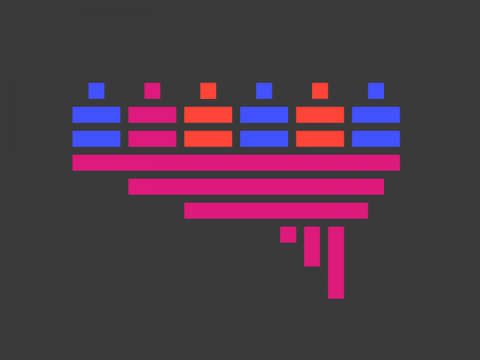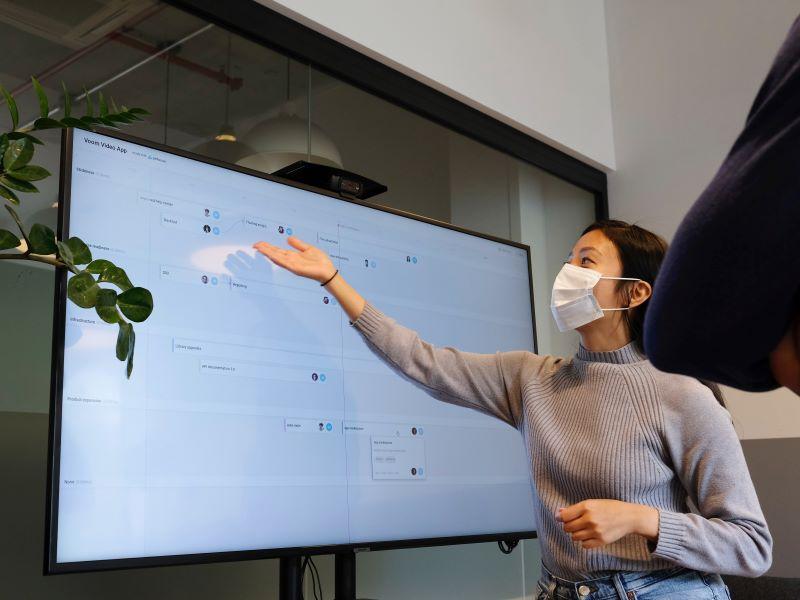
Three innovative authentic assessments to encourage soft skill mastery
Students on hard skills-intensive courses such as computer science need to develop effective communication and other soft skills. Bernardo Pereira Nunes offers three assessments to help
How can you effectively teach your students soft skills, especially in courses that have traditionally focused on developing hard skills? Well, there’s no single answer, but authentic assessments, successfully employed in my own classroom, show promise for opening communication channels with students. These assessments demonstrate to students the importance of both developing and providing opportunities for contextualised training in soft skills.
My experience teaching computer science is that most courses focus on hard-intensive skills, and our students take pride in showcasing their hard skills, especially when they list the programming languages and frameworks they know. On the other hand, I often hear from non-computer science colleagues about their difficulty in interacting and collaborating with computer science professionals. While we may be fluent in many “languages”, sometimes our difficulty communicating effectively undermines our field. We need to develop not only our hard skills but also our ability to effectively communicate our knowledge to others.
- How to design low-stakes authentic assessment that promotes academic integrity
- How to make sure assessment practices are as authentic as possible
- Four directions for assessment redesign in the age of generative AI
After several years of developing assessments aimed at helping students understand the importance of soft skills while applying their hard skills, I found the following three assessments yielded excellent results:
The video pill
Description: This is a scalable assessment designed for large and diverse classrooms, based on the concept of “knowledge pills” but aimed at promoting the creation of video-based learning resources by and for students using active learning methodologies. It encourages authorship, creativity and the application of theoretical knowledge learned in the classroom. The assignment consists of two stages and the target audience for the students’ videos is other students.
For the first stage, we ask students to produce a short video of between two and five minutes on any topic related to the course. The second stage involves peer review, where they assess content and format.
Marking criteria: Fifty per cent for the video and 50 per cent for the peer review. Within the video, 25 per cent of the evaluation focuses on the content (hard skills), while the remaining portion assesses soft skills.
Learning opportunity: Discuss different soft skills such as communication, critical analysis, empathy, problem-solving as well as the relation of those skills to students’ hard skills.
Outcome: Lectures are enriched by diverse content and plurality of resources. Students identify soft skills that need further development. They practise effectively communicating their hard skills through non-traditional means while also gaining an understanding of the needs of others in order to create video pills that are relevant to their audience.
The escape room
Description: This assessment provides learners with simulated real-life scenarios, fostering problem-solving skills, increasing motivation and engagement, promoting collaboration, supporting team building, leadership and agile thinking. It is a flexible activity that can help develop additional skills depending on the puzzles and riddles designed for it. Experiences in an escape room typically range from 30 to 60 minutes, during which participants collaboratively work together to solve puzzles and riddles in order to escape. It can run for groups of three to eight students at a time and can be applied to both small and large classes.
Marking criteria: Participation marks only. The focus is on the process and learning experience.
Learning opportunity: In post-reflective sessions, discuss the connection between puzzles and riddles in relation to the hard and soft skills necessary to successfully complete them, as well as the importance of teamwork to achieve goals. Overall, the escape room experience shows students the importance of time management, communication, collaboration and the need to have a strategy and a leader to guide them to escape.
Outcome: Students often report feeling less anxious and stressed during this assessment. They also appreciate the need for communication, collaboration, creative thinking, problem-solving, time management, negotiation, adaptability and leadership skills. Any skill can be exercised in this assessment – it just depends on the design of puzzles and riddles.
The group project
Description: This is an authentic assessment that simulates a real-world scenario and requires students to work together to complete a project and deliver a product. But it goes beyond merely evaluating the quality of the product delivered; it aims to assess how well students can demonstrate what they have learned in the course and showcase their growth during its implementation. The journey is considered just as important as the final outcome. Students meet with clients (teaching staff) regularly to discuss their progress. “Surprise items” are introduced during the assessment, which mimics real-life scenarios and requires adaptability. An individual reflection along with peer assessment and a one-minute public pitch of the project completes the assignment.
Marking criteria: The assessment is divided into technical, which requires hard skills (70 per cent), and non-technical, which requires soft skills (30 per cent).
Learning opportunity: Reflect upon the quality of the outcome based on the soft and hard skills of the team members. Understand the importance of pitching their work to a broad audience.
Outcome: Students demonstrate an understanding of the importance of soft skills over hard skills. Their reflections are often positive, mostly highlighting the soft skills of their peers rather than solely focusing on hard skills. Through self-reflection, students identify areas for improvement and interest on how to collaborate effectively within a team. Skills often listed in their peer reviews are teamwork, collaboration, leadership, communication, time management, problem-solving, creative thinking, decision-making, adaptability, empathy, interpersonal, conflict resolution and public speaking skills.
With the rise of generative AI shaking up the educational system, soft skills are becoming just as highly valued as traditional hard skills, and aiding students to learn and practise these skills in the classroom will contribute to their success in future careers in the real world. My suggestion is to value soft skills and reward students for demonstrating soft skills in hard skills-intensive courses. This approach should also create a more inclusive environment, rewarding individuals in their entirety and ultimately demonstrating that AI has a long way to go.
Bernardo Pereira Nunes is senior lecturer in computer science at the Australian National University’s College of Engineering, Computing and Cybernetics.
If you would like advice and insight from academics and university staff delivered direct to your inbox each week, sign up for the Campus newsletter.



.jpg?itok=eveUOYKV)
